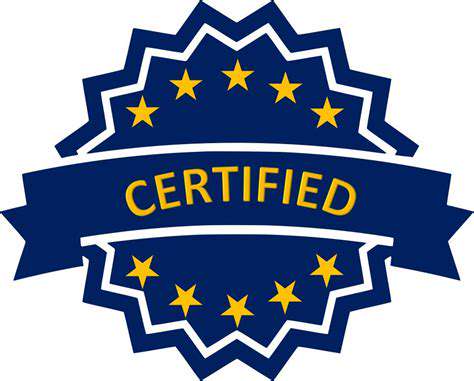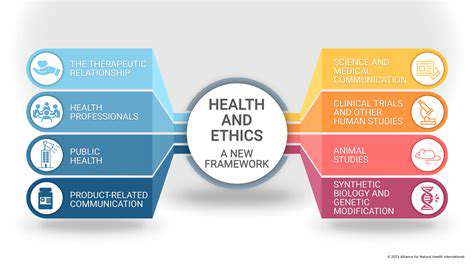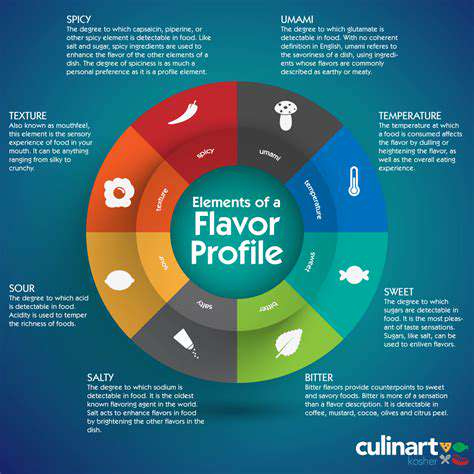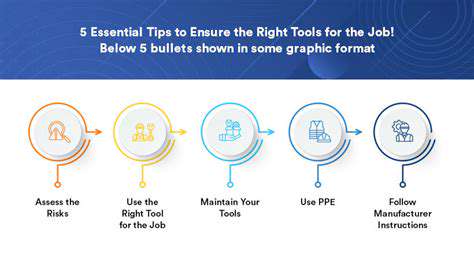Understanding the Basics of Sustainable Seafood Certifications
sustainable seafood certifications serve as vital indicators for consumers who want to make thoughtful decisions about the seafood they buy. These labels function as a guarantee that the fish or shellfish have been harvested using methods that protect marine environments and ensure the longevity of ocean ecosystems. They verify that fishing operations follow strict guidelines, preserving fish stocks and preventing damage to essential marine habitats. This includes careful consideration of fishing equipment, catch limits, and the broader ecological effects of the process. By learning about these certifications, shoppers can enjoy high-quality seafood while supporting ocean conservation.
Various certifications highlight different sustainability priorities. Some focus on reducing bycatch—the accidental capture of non-target species—while others emphasize environmentally friendly fishing gear to limit harm to ocean floors. Knowing the specific goals of each certification allows consumers to align their purchases with their values, moving beyond a simplistic good or bad approach to a more informed and impactful seafood selection.
Navigating the Different Seafood Certification Programs
Several well-known sustainable seafood certification programs exist, each with distinct criteria. The Marine Stewardship Council (MSC) is a leader in certifying wild-caught fish, evaluating factors like stock health, ecosystem effects, and the sustainability of fishing techniques. Their thorough review process ensures that MSC-labeled products come from fisheries committed to responsible practices and the future health of marine life.
Other certifications address aquaculture, ensuring farmed fish are raised sustainably. These programs often regulate water quality, feed sources, and waste disposal in fish farms. Understanding these certifications helps shoppers distinguish between wild-caught and farmed options, enabling them to choose seafood that matches their preferences and ethical standards.
By becoming familiar with these labels, consumers can make smarter choices at the store, promoting sustainable fisheries and healthier oceans. This knowledge empowers individuals to play an active role in safeguarding marine biodiversity for future generations.

MSC (Marine Stewardship Council): A Focus on Wild-Caught Fish

Understanding the MSC Certification
The Marine Stewardship Council (MSC) is an independent organization dedicated to sustainable seafood. Their certification ensures that seafood originates from fisheries that prioritize long-term ocean health and the well-being of fishing communities. This involves rigorous checks on fishing methods, stock sustainability, and environmental protection.
The MSC certification process is exhaustive, examining fishing operations for their ecological impact. It assesses not just catch quantities but also gear types, bycatch rates, and overall sustainability. This comprehensive approach helps consumers trust that MSC-certified products support responsible fisheries and global fish stock conservation.
Benefits of MSC Certification for Consumers
Shoppers can trust MSC-certified seafood, knowing it comes from fisheries that avoid overfishing and habitat destruction. This certification signals a commitment to environmental responsibility, allowing consumers to contribute to marine conservation with every purchase.
Choosing MSC-certified seafood helps protect marine biodiversity and ensures oceans remain productive for future generations. This direct support for sustainable practices makes a tangible difference in preserving marine ecosystems.
The MSC Certification Process
The MSC evaluates fisheries based on gear, methods, bycatch, and ecosystem effects. Independent verification ensures transparency and accountability, maintaining the program’s credibility. This auditing process is critical for confirming that certified fisheries meet high sustainability standards.
MSC's Impact on Fisheries and the Environment
MSC certification drives positive changes in fishing practices, encouraging sustainable quotas and methods. By rewarding responsible fisheries, the MSC fosters long-term marine resource conservation. Their efforts in education and advocacy further amplify their impact, benefiting both ecosystems and fishing communities.
Beyond the Certifications: Other Important Considerations
Understanding the Environmental Impact
While certifications are helpful, assessing the actual environmental impact of seafood requires deeper investigation. Certifications may promote reduced bycatch or habitat protection, but their real-world effectiveness varies. Researching fishing methods and supply chain transparency is essential for a complete picture of sustainability.
Traceability is another critical factor. Consumers should seek details about where and how seafood was caught or farmed. Without this information, it’s difficult to verify claims of sustainability, making transparency a key component of responsible seafood consumption.
Evaluating Social and Economic Factors
Certifications sometimes address labor conditions and community benefits, but their coverage can be inconsistent. Shoppers should investigate whether certified fisheries truly support fair wages and local economies, not just meet basic standards.
Economic sustainability is equally important. Supporting responsible fisheries helps maintain industry viability, but consumers should consider whether price premiums reflect genuine sustainability efforts. Understanding financial incentives—or penalties—for sustainable practices can reveal whether certifications drive meaningful change.
Ultimately, certifications are a starting point. Truly sustainable choices require examining environmental, social, and economic factors across the entire supply chain. By looking beyond labels, consumers can make informed decisions that support a healthier future for seafood and the oceans.











